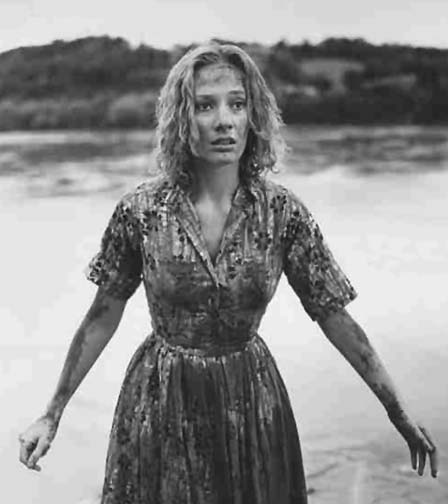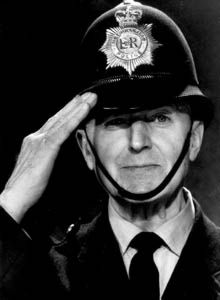Now the dust has settled and the weight of expectation dissipated
I finally settled down to watch Ridley Scott’s long anticipated PROMETHEUS. A
prequel of sorts to the ALIEN franchise its release set the Xenomorph amongst the
pigeons for being not very good. Many people were expecting another horror film
in space and what they got was an unexpected mediation on the nature of man.
Though I have always thought anything is better as long as it is...IN SPACE.
A team of scientists and support crew answer an ancient
riddle and find themselves far across space on an isolated planet. When they
arrive they find the answer may not have been what they were looking for.
PROMETHEUS is an incredibly frustrating film. All the
elements are there for a classic but somewhere along the line it all goes
horribly wrong (which is very much the film’s plot but I doubt it was meant to
be a meta mediation on the nature of film making). What is right with this film is the art side.
Ridley Scott’s direction and editing is superb as ever. The art design is
breathlessly good. There is a lovely sense of retro with the suit designs but
combined with modern sensibilities. One of my major issues with science-fiction
is the habit of doing pointlessly futuristic versions of things which have not
changed in millennium. “This isn't chess this is chess...IN SPACE” and so on.
Prometheus keeps it pleasingly simple. Coffee cups look like coffee cups and
t-shirts look like they are from Primark. It suffers from the same problem as
the STAR WARS prequels did. The film, set chronologically first in the film
continuity, have more advanced looking tech than those set afterwards.
PROMETHEUS gets away with it by having this as a state-of-the-art expedition
whereas the tech in ALIEN was on a run-down space barge and I doubt such
matters were a concern for the casual viewer.
What is a cause of concern for the casual viewer is the
script of PROMETHEUS is a confused mess.
In theory it should be fine as it is nominally by Damon Lindelhof,
Hollywood’s go to man for consistently good sci-fi. Having read his superior initial draft of the
script I wonder if either corporate meddling or Ridley Scott asked for changes
which sent the whole work into a blind alley. The initial draft was closer to
ALIEN and this film is basically Erich Von Daniken’s Chariots of the Gods? It is
all Ancient Astronauts and secrets from the dawn of man rather than phallic
Aliens stalking people around corridors.
In losing the horror aspect it rather loses any point in being linked to
the ALIEN franchise. There are plot
holes a plenty, characters act illogically and everybody seems terrible at
their jobs. There are archaeologists ripping open tombs with a gay abandon and
biologists contaminating samples left and right. Though I concede if they did
their jobs properly it would somewhat take from the drama. They could have
switched the film’s genres as I would have paid to see Time Team...IN SPACE.
 |
| "I'm Dr. Elizabeth Shaw" |
PROMETHEUS has one very odd thing about it. I think, on a
fundamental level, the reason this film does not work is Ridley Scott has made
a DOCTOR WHO adventure and forgotten to put the Doctor in. It is reminiscent of
Colony In Space or the Mutants with its themes of industrial arrogance and
colonialism. All of the film’s problems would have been solved by Jon Pertwee
striding around the place pointing out the obvious. Are your archaeologists
being useless? Let the Doctor tell them that and show them what they should be
doing. If your film ends because
somebody does something stupid let the Doctor doing something terribly clever
and point out the folly of your plan. One of the characters even shares a name
with one of Pertwee’s companions: Dr. Elizabeth Shaw.
 |
| "No I'm Dr. Elizabeth Shaw" |
PROMETHEUS could have been wonderful instead it is simply,
all right. It entertains but it falls apart too much to ever be good. It is a
shame they did not realise and embrace their DOCTOR WHO roots as nothing would
have been better than if they had landed on the isolated planet to find, waiting in the dark, Daleks.



















